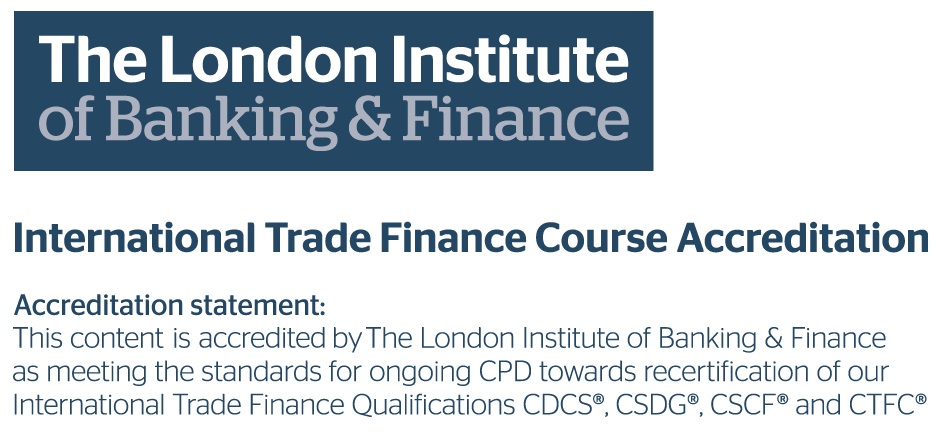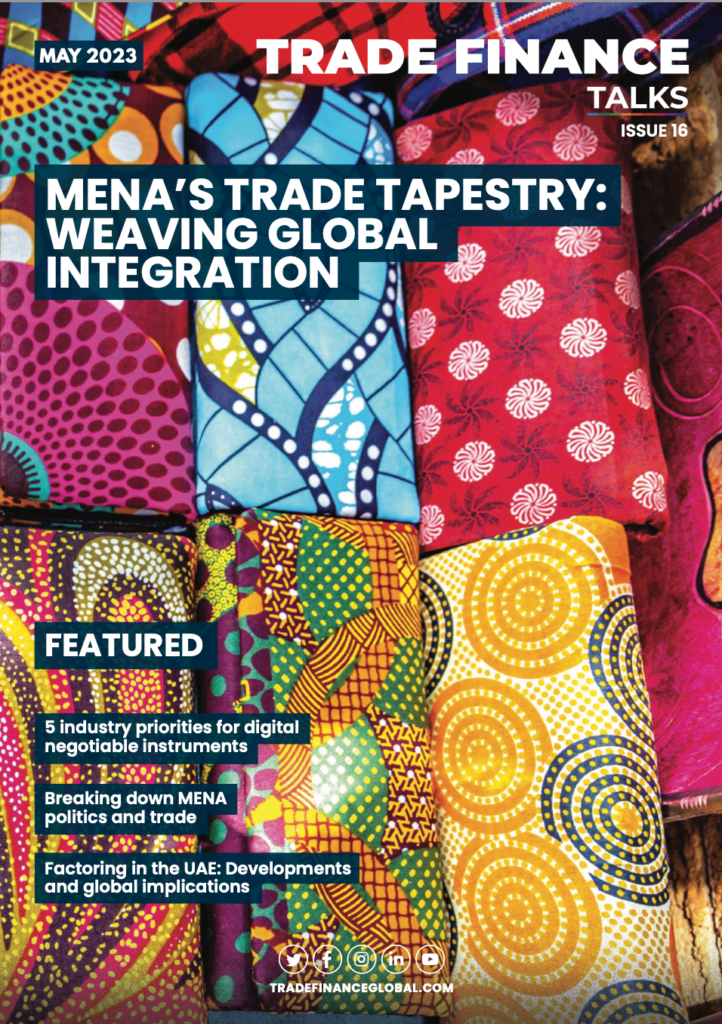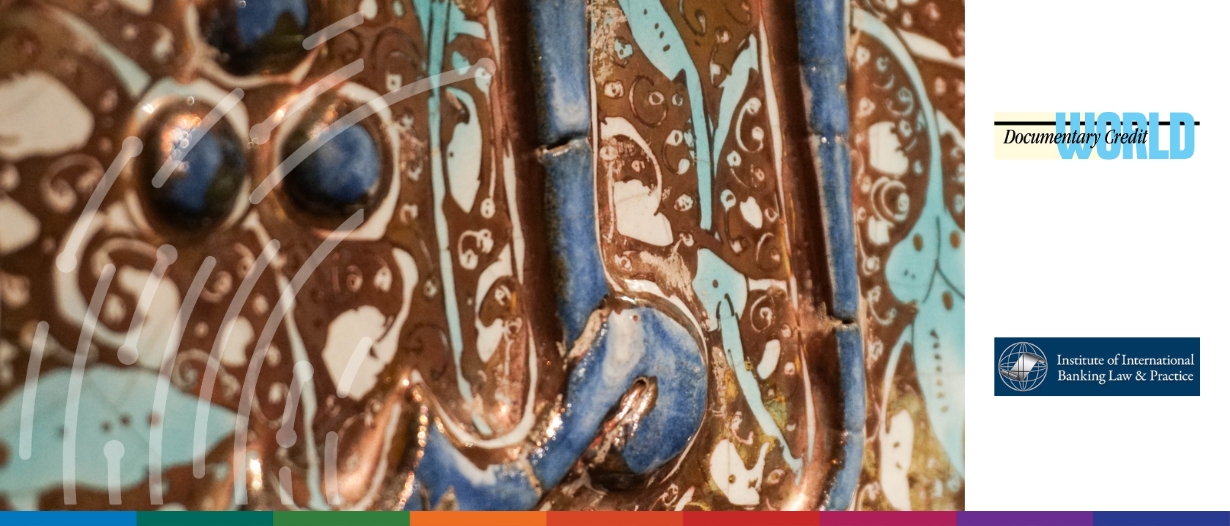Listen to this podcast on Spotify, Apple Podcasts, Podbean, Podtail, ListenNotes, TuneIn
Saying the world’s oceans are vast is an understatement. If one were to sail from Cape Town to Tristan da Cunha, the world’s most remote inhabited island, located over 2,000 kilometres to the nearest land, the voyage would take longer than it took Apollo 11 to reach the moon.
Hawaii, one of the most popular vacation destinations for Americans, is roughly 3,800 kilometres from mainland America. Overall, oceans cover 71% of the world’s surface, at roughly 361 million square kilometres.
In 2023, there are over 68,000 vessels sailing around the oceans, carrying the goods that we all rely on.
Simply put, the world’s oceans and maritime trade flow are massive.
The oceans’ vastness presents a particular challenge to monitor and regulate ocean vessels for the maritime transport industry. Of the 68,000 ocean vessels, more than 12%, or 8,000, have an unknown owner, creating significant risks for the industry.
Source: S&P Global Market Intelligence, Maritime Intelligence Risk Suite (MIRS)
To better understand the world of ocean vessels and maritime trade regulation, Trade Finance Global’s (TFG) Deepesh Patel spoke with Michael Byrne, CEO of IIBLP and Tom Cardamone, CEO of Global Financial Integrity.
Too many ships, not enough technology
Attempting to combat sanction-busting activity and financial crimes is a monumental task, and often starts with monitoring vessels. Two of the largest regulators in the industry, the US OFAC and UK OFSI, released guidelines in 2020 for financial institutions (FIs) and traders.
Michael Byrne said, “When two organisations say ‘this is what you should be paying attention to, this is what we recommend, here’s some guidance’… It may as well carry the weight of the rules because you know you’re going to be audited against or your bank examination is going to ask you these questions.”
The OFAC and OFSI rules essentially outlined that FIs need to be aware of what ships are carrying the traded goods, what vessel transfers will potentially occur, and what countries the ships may pass through.
The issue with this is that the current technology does not provide up to the minute information, meaning the FIs, traders, and banks all may be unaware of some of these elements.
Byrne said, “The technology used doesn’t track minute by minute, so the government or bank may not know that the vessel that their goods were on went to a sanctioned country.”
OFAC and OFSI’s solutions? Old-fashioned due diligence.
FIs need to do a deep dive into routes, potentially risky corridors, backgrounds of vessel owners, and recent illicit activity of the vessel.
But doing a thorough background check is extremely difficult in this industry. There are around 8,000 vessels with unknown owners, creating large amounts of risk for all parties involved.
Out of the over 8,000 vessels with unknown numbers, 70%, or 5,766 vessels received a warning or severe compliance score.
Source: S&P Global Market Intelligence, Maritime Intelligence Risk Suite (MIRS)
Further complicating the matter, there are differing definitions of what a beneficial owner of a vessel is.
Cardamone said, “There is some difference between how organisations define the word beneficial owner, and how the shipping industry defines beneficial owner. The shipping industry would suggest that if you have a company name, you have identified the beneficial owner. Whereas organisations that work in the transparency space suggest that you actually need to drill down further to find the flesh and blood person, or people, who benefit financially from a particular company.”
Not just the unknown unknowns: risks with known unknown vessel owners
One would think that many of the risks would disappear if the vessels are clearly owned, with proper documentation. However, this is not the case.
According to S&P Global research, over 30% of vessels with known owners received a warning, or severe compliance score.
Cardamone broke down the definition of a warning and severe compliance scores, “A warning would suggest behaviour that indicates travels to high-risk jurisdictions, ships going dark for a significant period of time, and excessive ship to ship transfers.
Severe could include all of those activities, but also would suggest that a country such as the US or the UK has sanctioned the vessel, or that it’s on a watch list.”
The 30% statistic is just one metric that shows the shipping industry, along with governing bodies like the WTO, need to increase oversight and regulation.
When reviewing the vessels with a warning or severe compliance score, the whitepaper also studied the Flag of Convenience (FoC), to determine where the vessels were registered. The report said, “Of the 8,337 Vessels with an unknown owner, 2,981 or 35.8% are Flagged in Liberia, the Marshall Islands or Panama.”
These countries represent significant fraud or illicit activities risks, as data shows that vessels registered in those three countries “with an unknown owner had rates of Warning or Severe compliance status between 47.8% (the Marshall Isl.) and 61.2% (Panama).”
Overall, working with vessels from these countries is not worth the potential downside. Byrne said, “I think it would be fair to say when working with vessels from Liberia and the Marshall Islands, you should probably just avoid those.”
Anomalies with vessel ownership in the Panama Canal
Vessels from Panama are a bit of a statistical anomaly compared to many other countries. Because of the importance of the Panama Canal for international shipping, the country plays a massive role in the industry. However, there are numbers that have caused concern for many industry experts.
“The authors observed an anomaly regarding a considerable number of vessels Flagged in Panama with a Known Owner, while interestingly carrying a Warning compliance status. Specific to Panama, there are 5,277 vessels with a Known Owner irrespective of Compliance status. Of this subset, 3,912 or 74% of vessels have Known Owners and a Warning status (“Panama Known Owner-Warning Vessels).
Another intriguing observation is that 3,790 vessels of the prior 3,912 subset, (97%) have a Group Owner Domiciled among seven select APAC Countries: Japan, People’s Republic of China, Taiwan, Hong Kong, Singapore, South Korea, and Vietnam while their listed “Registered Owner” for Flag purposes is a subsidiary business registered in Panama. Stated differently, 3,790 of the 5,277 Panama Flagged Vessels with a Known Owner (72%) list their Group Ownership Domicile among those seven APAC Countries listed above.”
Source: S&P Global Market Intelligence, Maritime Intelligence Risk Suite (MIRS)
There is one explanation for why there is such a numerical discrepancy; vessels receive a business discount if they are registered in Panama. But this does not change the risk factor for vessels from Panama.
Byrne said, “I think it doesn’t change the bottom line. You’ve got to know the owner of the vessel.”
Illicit trade in the United States and beyond – how do we continue the fight against financial crime?
The United States is one of the major shipping countries in the world with around 360 active ports, creating the possibility for large amounts of illicit activity.
According to research, there are roughly 500 vessels with unknown owners visiting ports in the United States, but they are making nearly 800 trips per year.
Combined with the fact that only 2% of containers are checked by the United States Customs and Border Protection (CBP), this creates a potentially dangerous situation.
Cardamone said “It raises some red flags that there are that many visits with unknown ownership. It is estimated that the value of counterfeit goods that are traded around the world every year is around $1 trillion, and if you add illegal fishing, logging, and mining, all of which tend to be delivered by ship, you add another $150 billion of goods.”
With such a large illicit goods flow, what can be done to ensure future compliance and security? Cardamone gave two top-line recommendations for governments.
- Create a global beneficial ownership registry managed by the International Maritime Organization
- CBP to require beneficial ownership information before entering American waters and ports.
Though this will not eliminate all illicit activity stemming from maritime trade, it will be a step in the right direction in making the industry more secure.
To read more on vessel ownership and risks in the maritime shipping industry, read the report here.












































